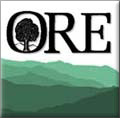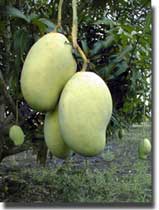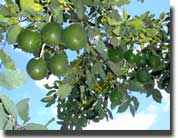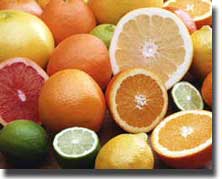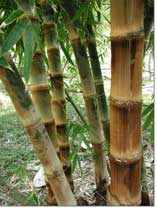Commercial fruit trees generate income and protect the environment
The program aims to increase the population of commercially productive trees, providing small farmers with a valuable source of income, and at the same time offering an economical solution to the Haiti's degraded environment. Trees producing high revenue crops survive deforestation, because they earn more every year than their value as wood products. The approach is to create a concentrated regional production of commercial fruits in selected areas, and train and assist farmer producer-groups to develop competitive marketing skills. The results are the creation of permanent eco-agricultural production bases, which become a central element in the local farming system, often helping to expand Haiti's existing export industries.
A look at ORE's Tree program
High value tree crops make perfect economic and environmental sense
The revenue from the new mango, avocado and citrus trees brings more income to local communities and stabilizes the environment in the region. The presence of trees that create an income brings a renewed feeling of hope, replacing the despondency and neglect that inevitably result from unprofitable agricultural.
Support our efforts to plant more high value trees in Haiti
